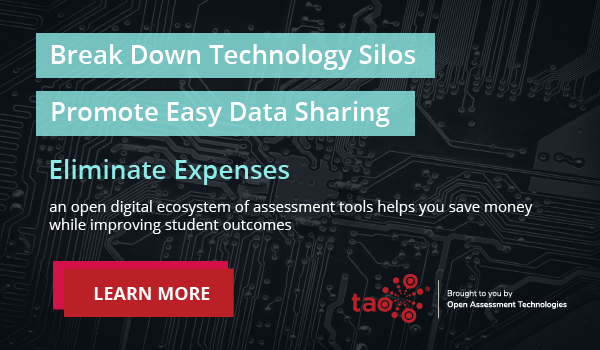By now, educators and students alike are well aware of the promises of classroom technology to promote better teaching and learning outcomes. Educators are harnessing the power of gamification and tools like digital assessment software to provide more authentic and personalized learning experiences, particularly in terms of formative and adaptive assessment. At the same time, today’s students are more technology driven than ever, with at least some aspect of the digital world influencing their everyday lives. It’s only natural that in the classroom, they expect access to technology, whether it be in the form of personal devices, WIFI, interactive whiteboards, or online testing.
Disparities in Available Technology
During the pandemic, EdTech was a lifeline for learning. However, while the education industry has ramped up the adoption of technology, in many parts of the world there are great disparities between the number of students who have access to EdTech tools in the classroom and those who do not. For instance, data collected from the 2018 Programme for International Student Assessment (PISA) shows that “71% of US students claim to be using laptops in the classroom, compared with only an average of 37% globally.” We also know that the student:device ratio significantly varies in classrooms based on geography, even across districts within the same state or country.
In this post, we cover a few ways that educators and school leaders can advocate for better access to classroom education software for students.
1. Understand Student Needs
Decisions for rolling out new EdTech in classrooms must be aligned with the needs of today’s students. This means advocating for accessible EdTech is paramount. Conduct research to see how other schools or districts with a similar profile have introduced new EdTech, what worked and what didn’t. Understanding how technology can best serve all of your students equally is the first step to being a successful advocate for digital classroom tools.
2. Attend District and School Board Meetings
Attending education board meetings is one way to become informed about your schools or district’s EdTech policies, budget and adoption process. Each institution has its own way of adopting new technology for educators and students in the classroom. So, when advocating for better classroom technology tools, it’s important to have an understanding of the process your school or district follows, integration requirements and the criteria they use for selection.
Attending these meetings can also help you identify and make connections with the decision makers who would be pushing forward new classroom education software.
3. Volunteer on Committees
Get involved with education committees within your community that impact budget planning, as these may directly impact funding for classroom EdTech. Joining such committees can help make your voice heard. Education committees can also provide the opportunity to share your research and experience, and strategize a plan for EdTech adoption with other school leaders and EdTech advocates.
4. Participate in Professional Learning Networks (PLNs)
You don’t have to advocate on your own — leverage the power of your community and professional learning networks. PLNs are popular across social media, and provide a great opportunity to connect and share resources with EdTech advocates and local policy makers.
Joining EdTech community organizations like ISTE and SETA can also empower you with more resources for advocating for classroom education software. Both of these organizations maintain sections for EdTech advocacy on their sites where you can participate in their campaigns to take action and inform policy makers of the importance of investing in EdTech.
—
Don’t give up — persistence will always be key when advocating for classroom education software. By getting involved in the process for understanding your school or district’s plans, you can work with education leaders to help roll out the technology that will foster student success.


